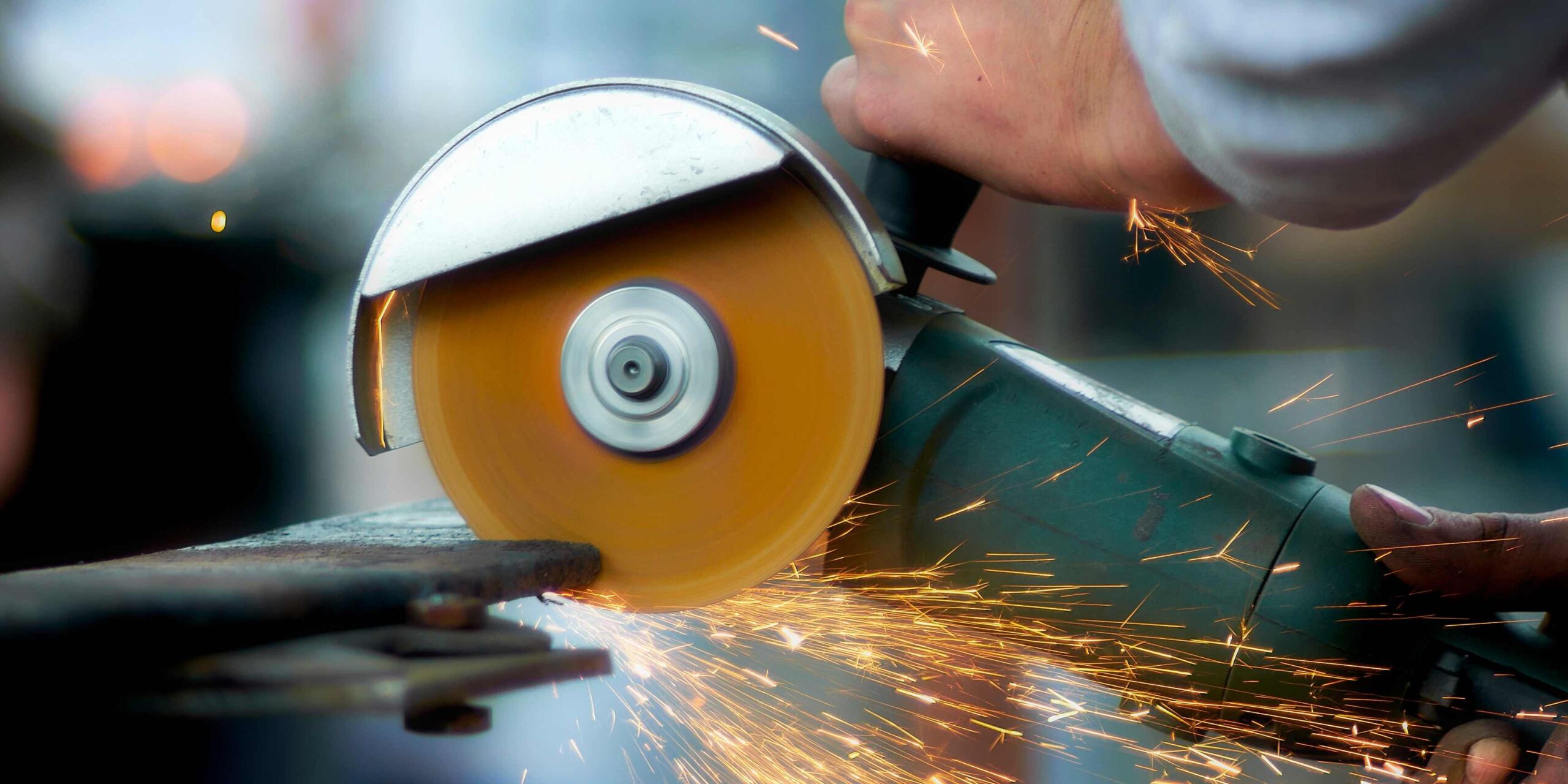How to Attach Fabric to Metal

Materials Needed
To effectively attach fabric to metal, you’ll need the following materials:
1. Any fabric, which could be natural fabric, synthetic fabric or blended fabric.
2. Sheet metal or metallic piece (copper, brass, iron steel or any other preferably a conducting material).
3. Adhesive or fasteners
4. Sandpaper with medium abrasive grit (220 and higher).
5. Ruler
6. Pencil or fabric marker
7. Cutting tools either scissors or a utilitarian knife.
8. Cutting mat
9. Work gloves (for safety)
10. Clamps (if needed)
Preparing the Metal Surface
However, some preparations should still be made before attaching the fabric to the metal. This includes stripping by brushing off any burr, rust, paint or any material that will hinder the fabric from sticking to the metal.
Cleaning the Metal
First of all, moist the surface with water to ensure that the metal is free from dust and other dirt particles. If that is present, you can scrub it off with a wire brush or steel wool.
Sanding the Metal
To enhance that critical connection, you will be forced to slightly roughen the surface of the metal. It is then recommended that to use sandpaper of 220 grit or higher to sand the metal – covering the whole area of the substrate where you intend to join the fabric too. It can be done using a handheld sanding block, or sanding disk of an electric sander, or just sandpaper pasted to a wooden block. Make sure you have safety glasses and work gloves to protect you from objects that may fly around during handling.
Fabrics are cut according to the size required

When the metal surface is ready, the fabric needs to be measured and cut to fit the metal’s surface. For a proper fitting, you can stencil the measurement of the metal onto the fabric of use, cutting a piece of fabric slightly bigger than the metal dimensions.
Marking the Fabric
Measure the area on the fabric that you want to attach to the metal with a ruler and pencil or fabric marker. You should then opt to add the seam allowance around the edges to provide tight margins.
Cutting the Fabric
If your fabric has been drawn with lines, cut them using a pair of scissors or a utility knife.
Attaching Fabric to Metal
We’ll explore three popular methods: adhesive, staple and rivets.
Adhesive Method
Copper and brass worked well when the method was employed with thin blankets of fabrics such as perlite cotton and other lightweight synthetic textiles.
Choosing the Right Adhesive
Choose an adhesive for connecting two dissimilar materials such that one is metal and the other is fabric. Using E6000 craft adhesive or if it has to be a fabric as well as leather adhesive with a little more thickness might be ideal.
Applying the Adhesive
Spread a thin, even layer of sticky glue over the sandwich part of the metals that were sanded and to where the fabric must be fitted. For these adhesives, one can use a brush, or an applicator gun also depending on the adhesive in the process.
Attaching the Fabric
Put the fabric over the metal and arrange the edges as necessary. That is, fold it tightly on the surface of the metal with force from the middle to the edge. Eliminate any air bubbles by running a flat implementation tool, such as a butter knife or any straight edge over the polymer layer.
Staple Method
Suitable for rigid and soft metal and heavy fabrics such as denim or canvas material, this works perfectly.
Choosing the Right Stapler
Choose a stapler that will handle the thicker range denoted by the point range and that is made for such use. An upholstery stapler or a fabric stapler will apply the most effectively for this.
Attaching the Fabric
Start by laying the fabric right on top of the metal, and then ensure you have the edges correctly aligned. Pull the fabric tight with one hand and, using the other, drop a staple through the fabric and the metal in order to fix it. Carry on working on the edges, staple occasionally, approximately one inch at a time, or wherever necessary to keep the fabric on the board.
Rivet Method
Rivets provide a strong permanent fastener similar to metal and heavyweight fabrics. This method can be used for cosmetic or utilitarian reasons, such as that of a patch or piece of apparel no longer functional.
Choosing the Right Rivets
When selecting the rivets, one should ensure that they are slightly smaller than the thickness of the fabric. Copper, brass or steel rivets are chosen for use commonly;
Preparing the Rivets
For the final step, crimp or pin the rivet, depending on the type and size of the rivet. You will get only the cup and a seam of the tail at the bottom, which will be situated beneath the material.
Attaching the Fabric
Position the fabric over the central part of the rivet cup and make sure that the fabric is parallel to the metal surface. It is then flattened over the metal surface using the rivet setter or the hammer to make a crimp head of the rivet. Carry on this process right along the edges until the fabric is joined to the backboard well.
Finishing Touches
After that, an additional ornament such as fringe, lace or beads will give a finished look to this particular piece of metal.
